Published May 31, 2019
#TrekTech: 10 Cutting Edge Real World 'Star Trek' Inventions
We're looking back on all the weird and wonderful technology that 'Trek' predicted first.
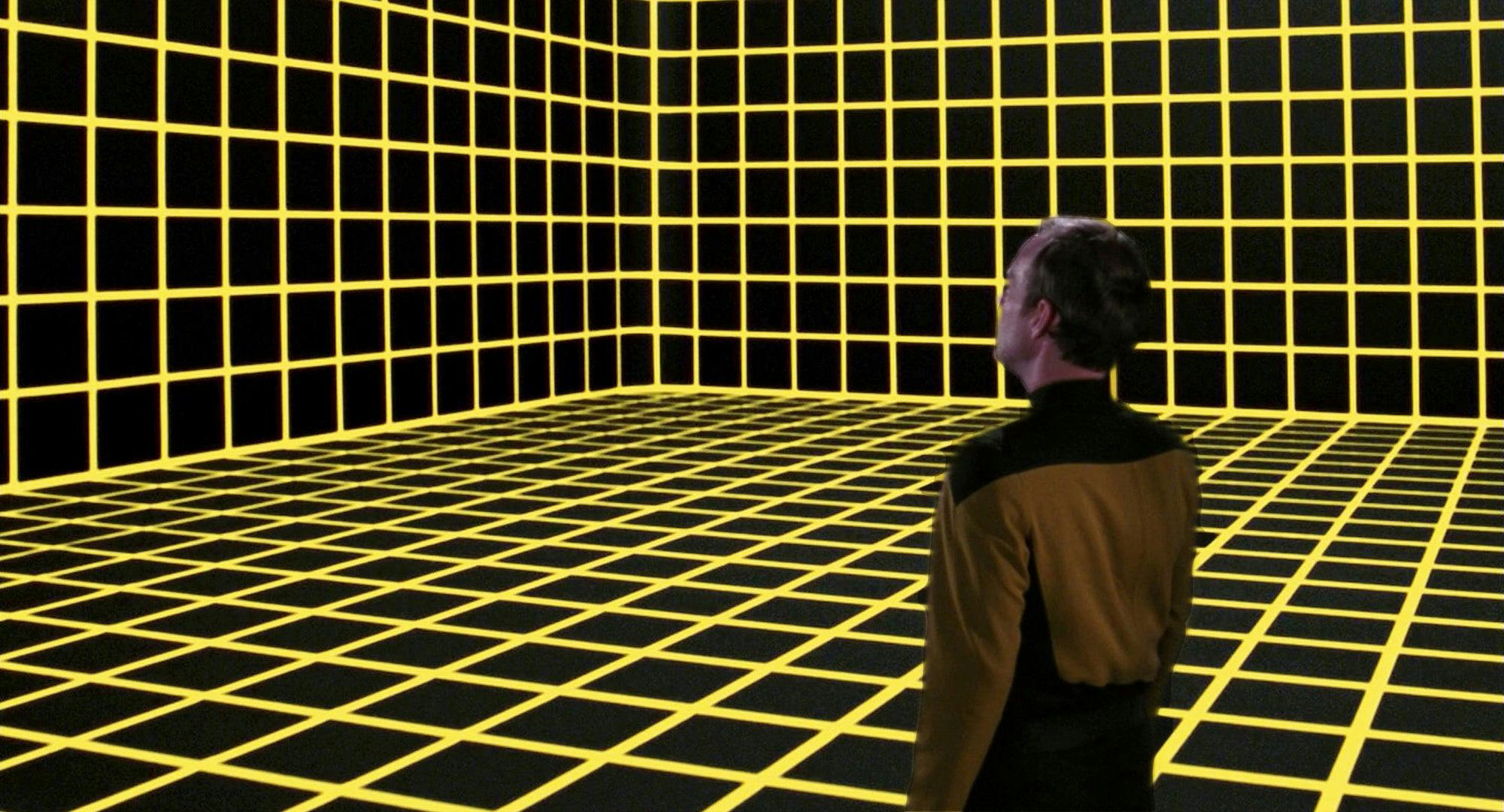
StarTrek.com
More than just a cosmic science-fiction journey, Star Trek often sets the stage for weird and wonderful technology. If you’re reading this on a smartphone or a tablet, you’re holding definitive proof that an array of innovations represented on the show have managed to go beyond the drawing board.
Some Star Trek gadgets, like video chat screens, are well established. Others are on their way, such as a prototype of a dermal regenerator. Here are 10 other futuristic yet topical Star Trek inventions that may one day follow in their footsteps.
1. Fully Realised Holograms
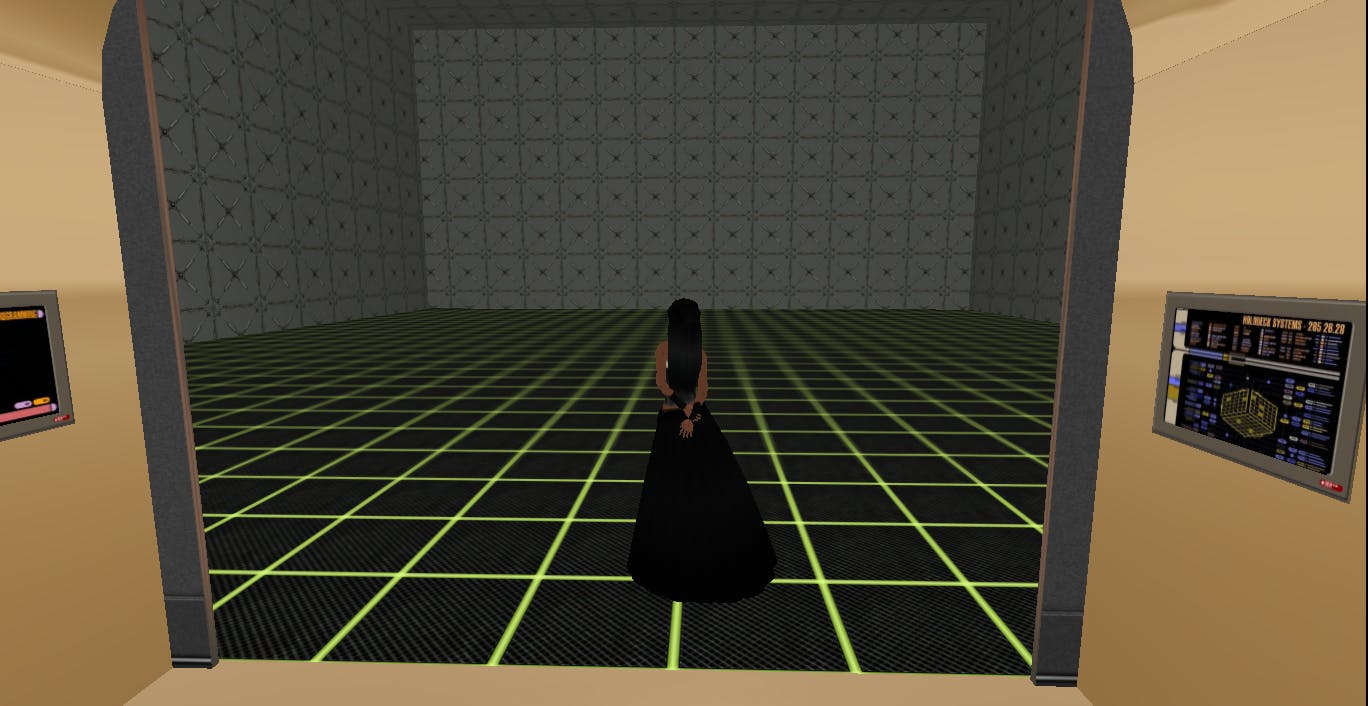
StarTrek.com
The holodeck, Star Trek’s ultimate simulator serves as a stage for various life-like virtual reality environments: woodlands, ski slopes, and interactive scenarios featuring fictional characters. In a similar spirit, a team of scientists from Bilkent University, Turkey, has demonstrated the touted first realistic three-dimensional holograms viewable from any angle. "We achieved this feat by going to the fundamentals of holography," said the paper's first author, Dr. Ghaith Makey. His team's immersive 3-D luminous shapes stem from creating hundreds of “image slices,” which are used to rehash a scene in much of its original complexity.
2. Pilot Smart Earbuds

Waverly Labs
Captain Kirk uses a handheld translator to chat with the cloud-like alien entity, The Companion. In a similar vein, devices that translate conversational dialogue in real time are emerging, spurred by advances in artificial intelligence and cloud computing. Witness the Pilot Smart Earbuds designed by New York City tech startup Waverly Labs. Still at pre-launch stage, the projected Bluetooth earbuds can handle 15 languages (excluding Klingon). Online data centers process the conversations as they happen, and translations are sent to both sides engaged in the dialogue, who wear one earbud apiece.
3. 3D Printer
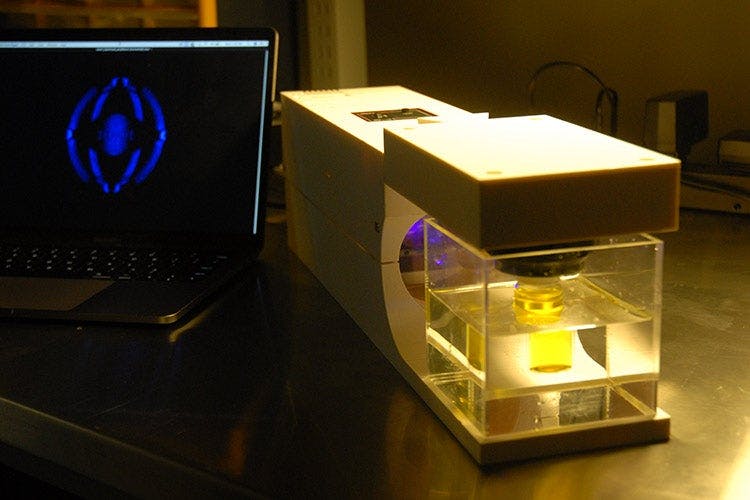
Berkeley University
A replicator can create a world of useful things on demand — capable of cranking out Starfleet uniforms, spare parts, toys and more. Similarly, University of California Berkeley researchers have built a three-dimensional printing device that makes objects appear, seemingly from nowhere. UC Berkeley's replicator makes fully formed objects by leveraging technology designed for pinpoint radiation delivery to cancer patients. The basis of Berkeley's replicator is a projector that casts a series of two-dimensional images through a rotating vial hosting a photosensitive gel. The device can produce complex items, such as a centimeter-size copy of Rodin’s classic ‘The Thinker’ sculpture in minutes.
4. The MinION DNA Tester
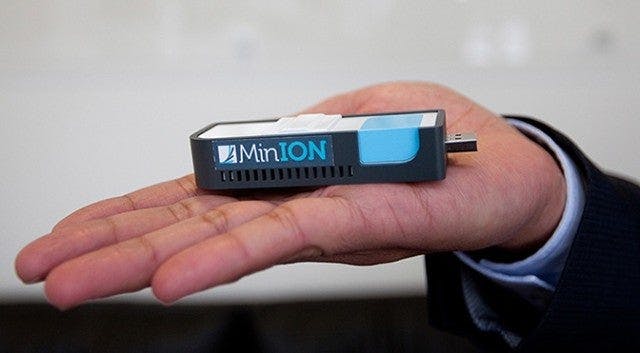
Oxford Nanopore Technologies
Legendary Star Trek doctor Leonard McCoy uses a tricorder to diagnose medical conditions in a snap. Now, a real-world handheld DNA tester called MinION can recognize the Ebola virus and genetically profile tumors, among other uses. The size of a smartphone, MinION is made by UK-based Oxford Nanopore Technologies. The device just needs a tissue sample, from which to tap DNA, and a laptop, but it could be a game changer, Shaili Johri, a post-doctoral biology researcher at San Diego State University, told National Geographic.
5. High Tech Phasers
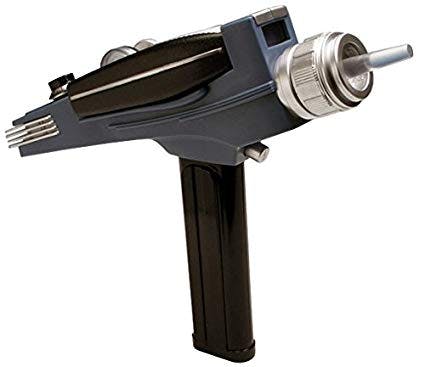
Anovos
A Star Trek phaser is a sophisticated weapon. The stream of pulsing energy it discharges can be adjusted so that the target is just shocked or stunned. In reality, just 10 or 12 years ago, a similar laser weapon device was absurdly large: the size of a building, but the U.S. military has developed a breakthrough phaser-like weapon that can be carried on a vehicle. "The technology is continuing to rapidly advance”, Rob Afzal, senior fellow for Laser Sensor and Systems at Lockheed Martin, told Tech Republic. “And we're continuing to work on the systems that you need to deploy a high-powered laser and make it effective like being controlled and getting it onto a platform," Afzal said. On the subject of a real handheld phaser, Afzal added that Lockheed would get there one day.
6. The 'Plane of the Future'
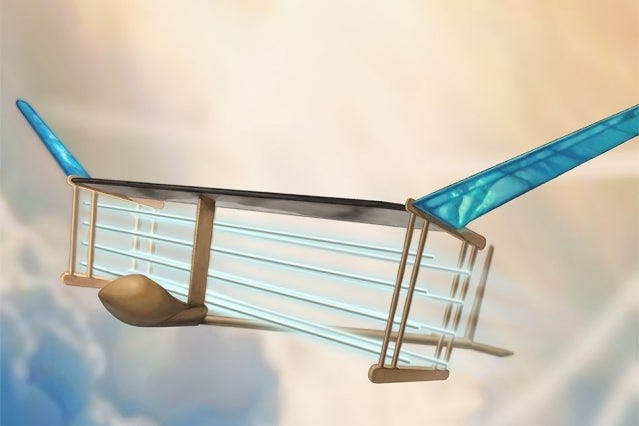
Christine Y. He // MIT
Star Trek shuttles glide through space with the minimum of fuss and no apparent moving parts, and now scientists have created a similar craft that flies using no fuel, just "ion thrusters". The silent, lightweight, plane of the future powered by charged particles owes its existence to Massachusetts Institute of Technology (MIT) scientists. MIT aviation expert Steven Barrett has said he was inspired by Star Trek, which he watched keenly during his childhood. Those shuttle crafts that skimmed the air without obvious moving parts, noise or exhaust captured his imagination.
7. eSight 3

StarTrek.com
The Next Generation’s Geordi La Forge is blind but wears a device called a VISOR that provides vision. Similarly, real-life headset called the eSight 3 helps the legally blind see again. The device features a camera that works with high-resolution displays and optical prisms in the headset to restore sight to those with poor vision. "I remember putting them on and looking up and I saw my husband who I'd been married to for eight years and had never seen before," eSight 3 user Yvonne Felix told CNET.
8. Spectral Cloaking

StarTrek.com
A fictional starship can be rendered invisible by a cloaking device that uses selective bending of light. Canadian National Institute of Scientific Research innovators have built a device that can make things seem to disappear. The Canadian innovation achieves this epic feat by tweaking light wave frequencies. The technique is known mysteriously as “spectral cloaking.”
9. The LDAL
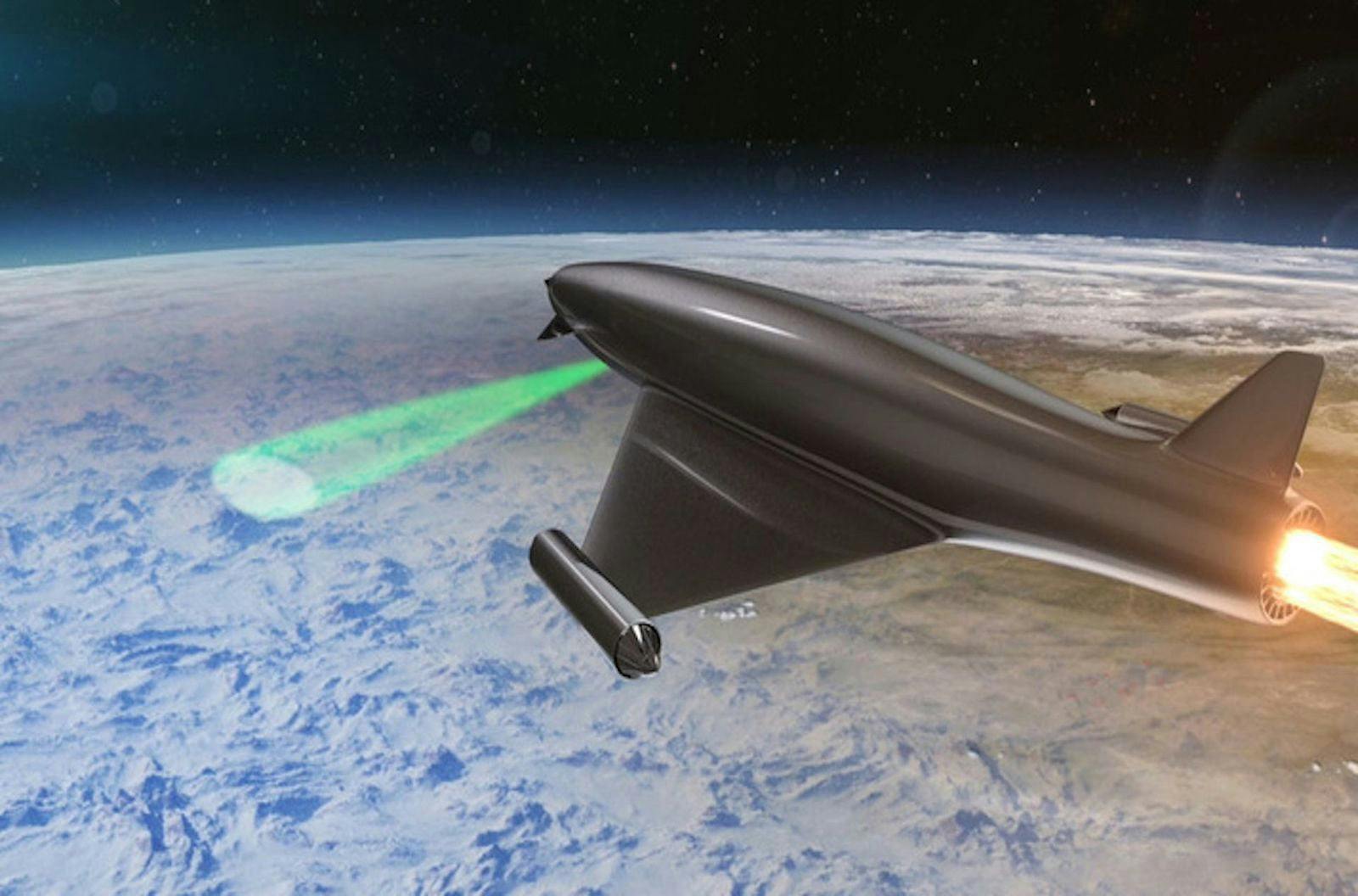
BAE Systems
A Star Trek ship, space station or planet may be protected by a mysterious force field that acts as a shield. Now, the British defense contractor BAE Systems is on a mission to create the same. The innovation, called Laser Developed Atmospheric Lens (LDAL), will supposedly have the ability to deflect lasers aimed at aircraft by ground weapons. LDAL will do this by temporarily ionizing the atmosphere to create lens-like structures that act as refractive shields. The technology — some of the most out-there in this list — may be battlefield-ready in half a century.
10. Atom Transporter
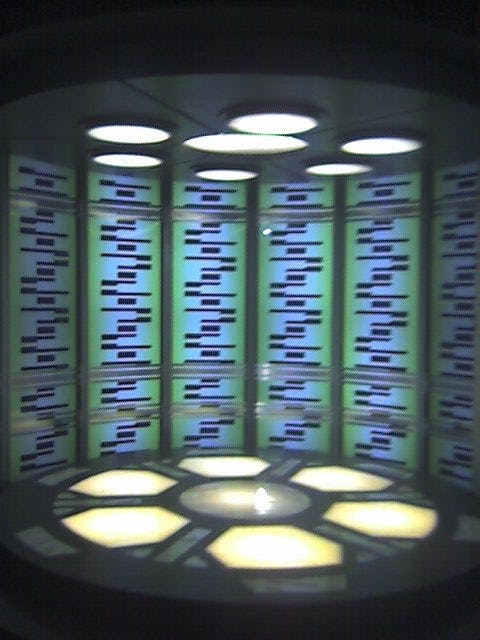
StarTrek.com
The most dramatic device on the set — the transporter — beams passengers from one spot to another in a flash. While a fully functional transporter appears to be a long way off, a single atom can now be shunted from one spot to another, according to University of Maryland biophysicist Chris Monroe, whose lab contains an array of lasers, mirrors and lenses spread across a table. With the kit, Monroe and his team suck the guts from one molecule, atom A, and implant its essence in atom B. “From the perspective of physics, it's the same as teleporting atom A across the table,” writes NPR analyst Geoff Brumfiel.
David Wilson (he/him) grew up enthralled by Captain Kirk, Spock and Bones. Based in the Asia Pacific, he specializes in reporting weird-and-wonderful tech and business.

